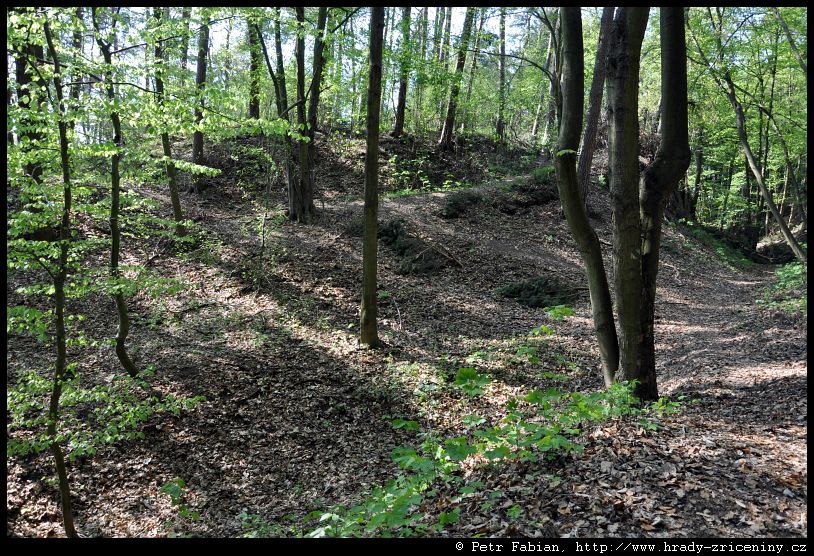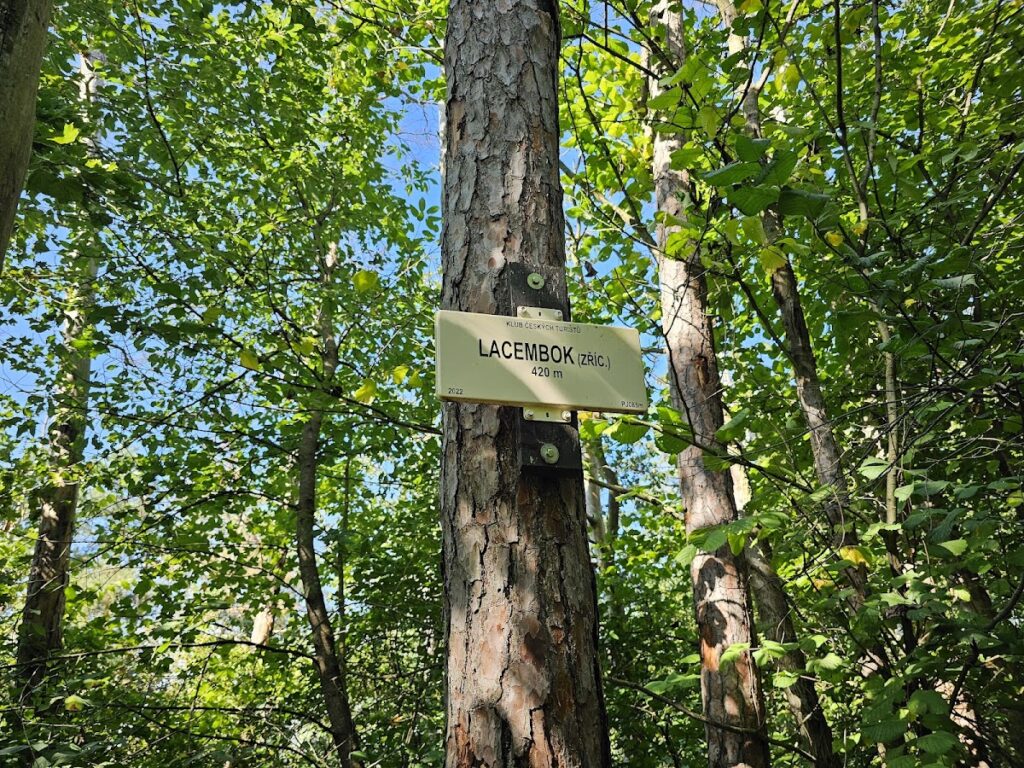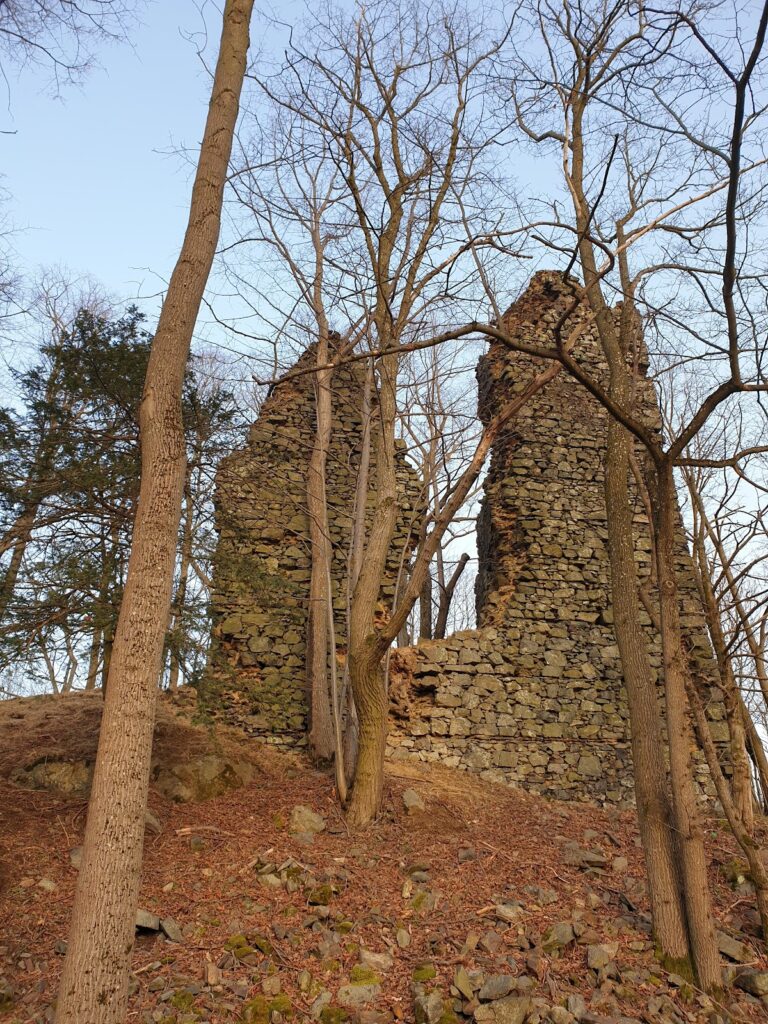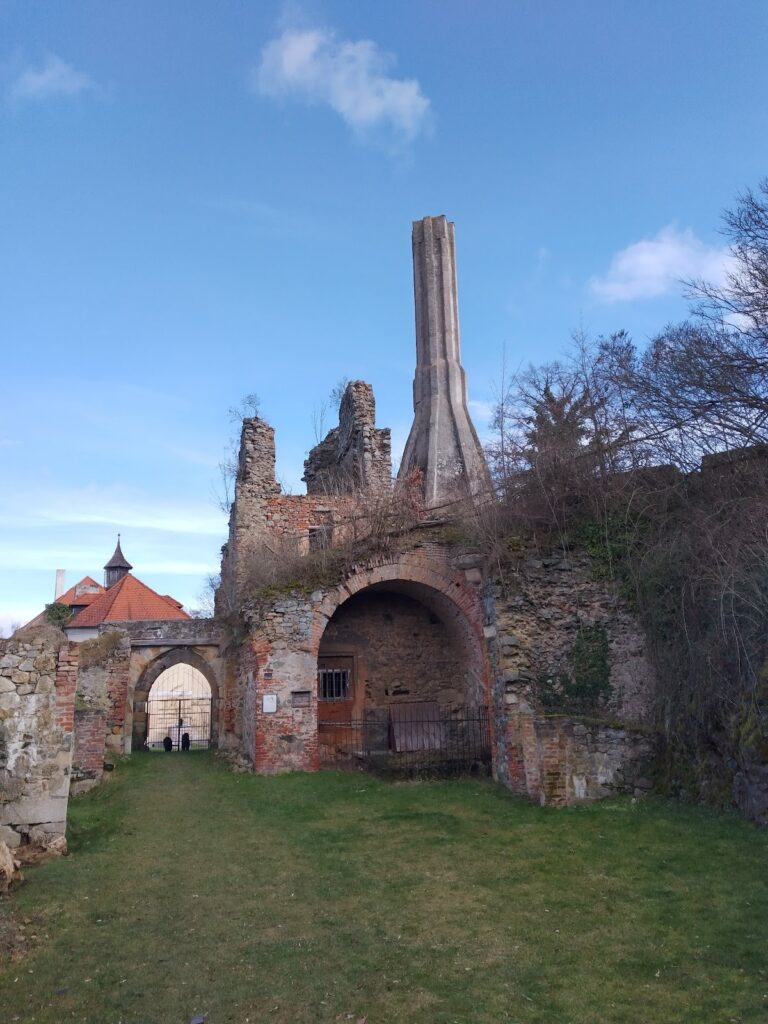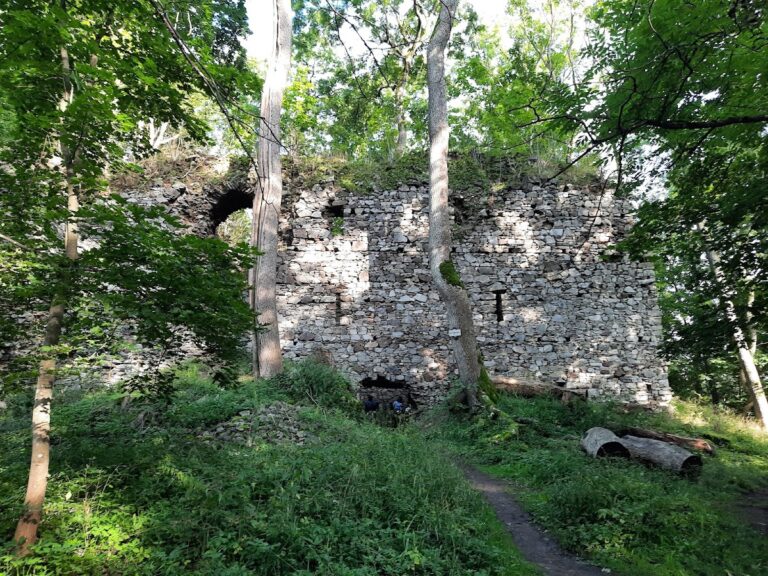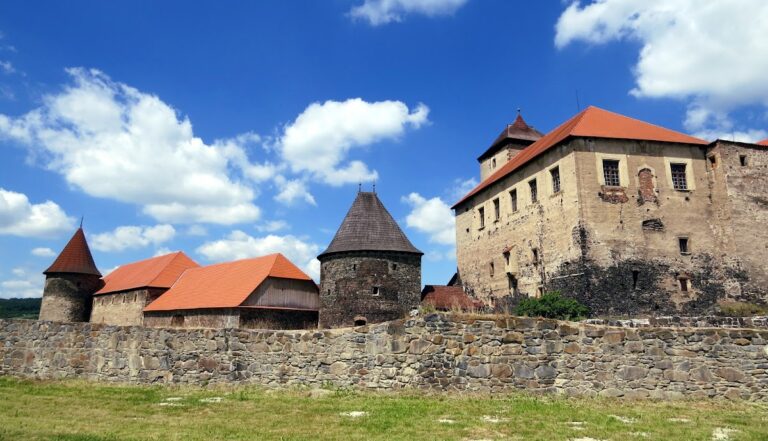Lacembok Castle Ruins: A Medieval Fortress in the Czech Republic
Visitor Information
Google Rating: 3.8
Popularity: Very Low
Google Maps: View on Google Maps
Country: Czechia
Civilization: Unclassified
Remains: Military
History
Lacembok, also historically known as Hrádek, is a medieval castle ruin situated in the municipality of Staňkov-Holýšov in the modern Czech Republic. It was built during the medieval period by local nobility, reflecting the feudal structures of the time.
Archaeological evidence shows that the site was occupied during the second half of the 13th century, initially likely as a fortified wooden structure. The transformation into a stone castle took place in the mid-14th century, marking a phase of substantial construction and consolidation. The earliest written record from 1373 mentions Bohuchval of Hrádek as the lord of the castle, establishing the family’s association with the site.
Throughout its active use, Lacembok governed the surrounding villages, including Krchleby, Čermná, Poděvousy, Puclice, Křenovy, and Kamenice. The ruling family maintained control into the 15th century, after which they moved to more secure manors in nearby Lštění and Horní Kamenice. The castle met its demise by fire in the first half of the 15th century, perhaps during Hussite military campaigns, with sieges such as those near Horšovský Týn in 1422 or 1431 being possible causes. This fate was shared by other local strongholds like Osvračín, which also suffered destruction in that turbulent era.
Since 1964, the remains of Lacembok have been protected as a cultural monument. Archaeological investigations conducted at the turn of the 21st century have further clarified the castle’s history and the effects of later quarrying activities on the site.
Remains
The remnants of Lacembok reveal a castle built primarily of stone, positioned strategically on a small rock outcrop about 410 meters above sea level. Its layout was defined by defensive earthworks and natural landscape features. Three sides of the castle were enclosed by moats, while the western side relied on a steep descent into a valley, providing natural protection. Nearby ponds named Vížka I and Vížka II lie close by, though their connection to the castle’s defensive system remains uncertain.
On the southern side, the castle included a bailey, or outer ward, enclosed by a perimeter wall. Although no buildings have survived here, the enclosing wall remains as an earth rampart running alongside the moat, outlining the former courtyard space.
The northern section contained the core of the castle, surrounded by an outer wall known as a parkán. Inside this area, archaeologists uncovered a large residential tower called a donjon, notable for its robust walls measuring two meters thick. Its rectangular base measures approximately 10.5 by 15.5 meters. Attached to the southwest corner of this tower was a smaller defensive tower. This smaller structure likely provided protection to the main entrance and may have contained a staircase connecting different floors of the donjon.
West of the donjon stood a second building, distinguished by the presence of tiled stoves for heating. Three of this building’s walls were constructed of stone and integrated into the core’s perimeter, while the fourth was probably made using timber framing. A wooden aqueduct once linked this building to a water cistern located within the confines of the parkán. The cistern itself featured an unusual drainage system, indicating a sophisticated approach to water management.
Investigations have ruled out the existence of an eastern access route to the castle, clarifying earlier speculative theories. Over time, the site’s terrain and surviving structures have been significantly altered by stone quarrying, which affected the present-day appearance of the ruins. Despite such changes, Lacembok’s remains offer valuable insight into medieval defensive architecture and the ways of life tied to this once-active fortress.
